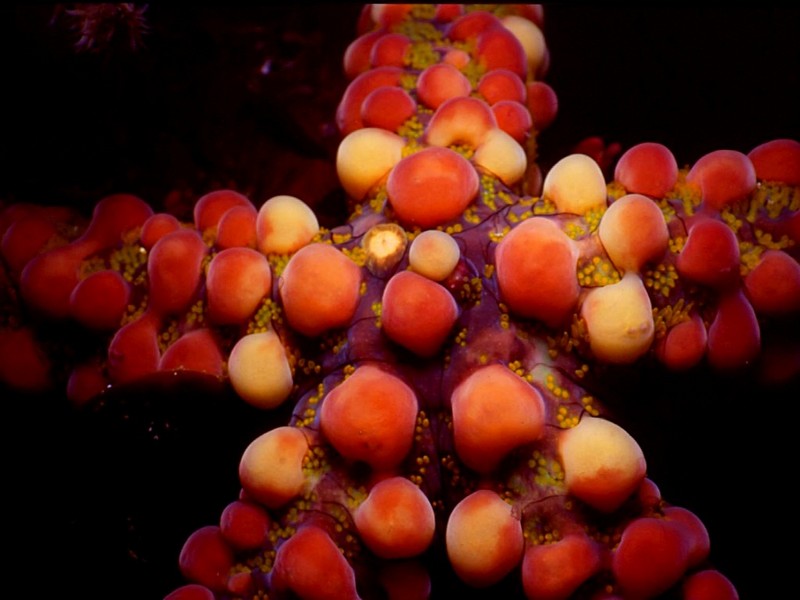|
| Query: Seastar | Result: 25th of 149 | |
[DOT CD03] Underwater - Seastar
| Subject: | [DOT CD03] Underwater - Seastar
| |

| Resolution: 1024x768
File Size: 117111 Bytes
Upload Date: 2005:03:29 12:03:07
|
ERROR : Server Busy(-1105)
ERROR : Server Busy(-1105)
[DOT CD03] Underwater - Seastar |
^o^
Animal Pictures Archive for smart phones
^o^
|
|